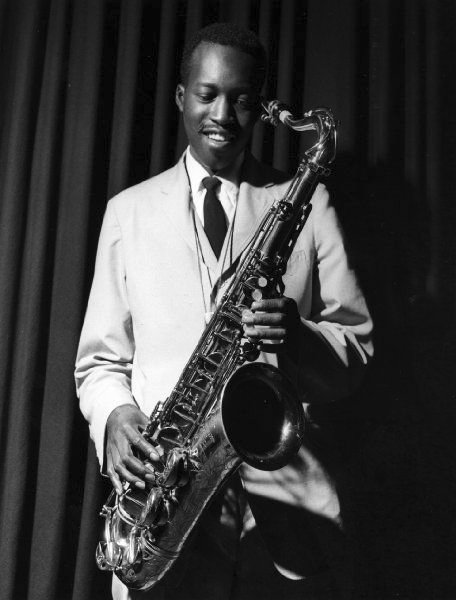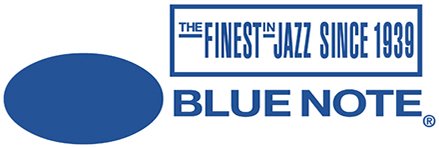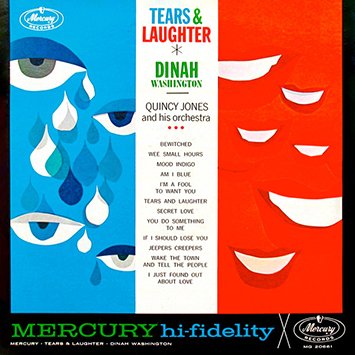Versión de Hank Mobley
Hank Mobley (saxo tenor), Wynton Kelly (piano), Paul Chambers (contrabajo) y Art Blakey (batería). Extraído del álbum Soul Station (1960) de Hank Mobley.
El propio nombre «hard bop» indica que los músicos de este nuevo idioma aprendieron de sus predecesores del bebop, pero también que tomaron elementos del góspel, el blues y el rhythm and blues que se estaban introduciendo en la música popular afroamericana en aquel momento. Esta combinación resultante añadía a la sofisticación del jazz moderno un contoneo bluesy que hace recordar el origen proletario de esta música. Con su enfoque simple y directo ofrecía una alternativa a otras corrientes más cerebrales del jazz moderno, como el cool jazz y el Third Stream (mezcla del jazz con la música clásica). Este nuevo estilo tenía una gran diversidad, con innovaciones en compás de 3/4 (como los valses) y 6/8, y la incorporación de ritmos caribeños y latinos, sobre todo por el pianista Horace Silver.
The very name “hard bop” indicates that the musicians of this new language learned from their bebop predecessors, but also that they took elements from gospel, blues and rhythm and blues that were being introduced into Afro-American popular music at the time. This resulting blend added to the sophistication of modern jazz a bluesy wiggle that recalls the proletarian origin of this music. With its simple and direct approach it offered an alternative to other more cerebral currents of modern jazz, such as cool jazz and Third Stream (a mixture of jazz and classical music). This new style had a great diversity, with innovations in 3/4 (like waltzes) and 6/8 signatures, and the incorporation of Caribbean and Latin rhythms, mainly by pianist Horace Silver.

Las melodías sencillas y fáciles de recordar tendían a apoyar los pies en el suelo, pero los músicos también recurrían a exploraciones intrincadas propias del bebop, aunque evitando la ornamentación. Aunque los ritmos tenían un fuerte impulso que mostraba una rebelión contra los estados de ánimo apacibles del cool jazz, las secciones rítmicas también podían tocar ritmos bailables que sus predecesores habían evitado. Además, el virtuosismo exacerbado de años cuarenta dejó de formar parte de la ecuación. Aparecieron nuevos compositores, como el saxofonista tenor Benny Golson con su «Along Came Betty» y el pianista Bobby Timmons con su «Moanin’», además de instrumentistas, como Lee Morgan, que conseguía transmitir con su trompeta una enorme energía emocional a las piezas con armonías de blues y en tonalidad menor habituales en el hard bop.
The simple, easy-to-remember melodies tended to rest feet on the ground, but musicians also resorted to intricate bebop-like explorations, though avoiding ornamentation. Whilst the rhythms had a strong drive that showed a rebellion against the gentle moods of cool jazz, the rhythm sections could also play danceable rhythms that their predecessors had avoided. Furthermore, the exacerbated virtuosity of the 1940s was no longer part of the equation. New composers appeared, such as tenor saxophonist Benny Golson with his “Along Came Betty” and pianist Bobby Timmons with his “Moanin’”, as well as instrumentalists, such as Lee Morgan, who managed to convey with his trumpet a huge emotional energy to the pieces with blues and minor key harmonies common in hard bop.

Este tema tiene una melodía pegadiza y relajada, y tras su exposición, Mobley comienza su solo con frases moderadas y bien estructuradas con sabor a blues. Siempre prefiere la sutileza antes que las grandes muestras de emoción, dominando en todo momento la armonía. A continuación entra Kelly con un solo fluido, pausado y creativo, aunque añade de vez en cuando frases más rápidas. Funalmente vuelve Mobley a reexponer el tema con todo su ingenio.
This tune has a catchy and relaxed melody, and after its exposure, Mobley begins his solo with moderate and well-structured bluesy sentences. He always prefers subtlety over big displays of emotion, mastering the harmony throughout. Next Kelly enters with a flowing, leisurely and creative solo, though he adds faster phrases from time to time. Finally Mobley returns to restate the theme with all his genius.

Translated with the help of DeepL
℗ Blue Note Records


Versión de Dinah Washington
Dinah Washington (voz) y orquesta dirigida por Quincy Jones. Extraído del álbum Tears and Laughter (1962).

℗ Verve Records


Has sido votado por
PROYECTO ENLACE
'Conectando Ideas y Comunidades'
PROYECTO ENLACE es un proyecto de curación de habla hispana enfocado en recompensar contenido de calidad y apoyar autores en su proceso de crecimiento en HIVE.
Creemos y apostamos por el futuro de esta gran plataforma, y estamos muy emocionados de poder hacerla crecer junto a esta comunidad. Así que te invitamos a usar nuestra etiqueta ENLACE y estar atento a todas las actividades que tenemos preparadas y que estaremos publicando en breve.
¿QUIERES AUTOMATIZAR TUS GANANCIAS DE CURACIÓN? SE PARTE DEL PROYECTO ENLACE APOYANDO A NUESTRO TRAIL EN HIVE.VOTE INGRESA AQUÍ PARA CONOCER LOS DETALLES.
¿QUIERES INVERTIR ENLACE? DESCUBRE COMO HACERLO Y GENERAR INGRESOS DE FORMA SEMANAL MEDIANTE TU DELEGACIÓN DE HP AQUÍ TE EXPLICAMOS COMO.
Te invitamos a participar en nuestro servidor de Discord: https://discord.gg/3S9y7BbWfS
Atentamente
EQUIPO ENLACE 2022